Trump Casts Long Shadow Over Canada’s Snap Election
New Prime Minister Mark Carney calls April 28 election amid trade tensions with the U.S. and mounting pressure from Donald Trump.
Canada is heading to the polls on April 28, just days after newly sworn-in Prime Minister Mark Carney called a snap election. The announcement marks a dramatic start to Carney’s political career and throws the country into a high-stakes campaign dominated by a trade war with the United States and provocative remarks from President Donald Trump suggesting Canada should become America’s 51st state.
Carney, a Liberal and former central banker with no previous experience as a Member of Parliament, took office just nine days ago following the resignation of Justin Trudeau. He now faces a fierce challenge from Conservative leader Pierre Poilievre, who has led national polls since mid-2023. Recent numbers, however, show the race tightening.
Both leaders held their first campaign rallies on Sunday. In St. John’s, Newfoundland and Labrador, Carney addressed growing economic tensions with the U.S., declaring, “In this trade war, just like in hockey, we will win.” Later in Ottawa, he told supporters he was seeking a clear mandate to confront Trump’s aggressive trade actions and attacks on Canadian sovereignty.
“We are facing the most significant crisis of our lifetimes,” Carney said. “He wants to break us so America will own us. We will not let that happen.”
Poilievre, speaking in Toronto the same evening, accused Carney of offering more of the same failed Liberal policies. “They’re making the same promises they’ve been breaking for over 10 years,” he said, positioning himself as the candidate of change after what he called “a lost Liberal decade.”
Despite initial doubts, the Liberals have clawed back in the polls under Carney’s leadership and now have a fighting chance at securing a fourth consecutive term. Carney, 60, is the former governor of both the Bank of Canada and the Bank of England and has used his brief time in office to make high-profile moves. He ended Trudeau’s carbon tax, visited the Arctic to announce a defence partnership with Australia, and met with world leaders including UK Prime Minister Keir Starmer and French President Emmanuel Macron.
The election will test not only his political instincts but also the country’s direction amid an increasingly volatile relationship with its closest ally.
President Trump has already imposed 25% tariffs on Canadian aluminium and steel, with broader tariffs expected in early April. While some duties were briefly paused, they are set to resume, deepening fears of a recession in Canada. The Canadian government has responded with retaliatory tariffs on C$60 billion worth of U.S. goods, but Carney acknowledges Canada’s limited leverage against a much larger economy.
Poilievre has struck a hawkish tone on the issue, calling for greater self-reliance and a tougher stance toward Washington. “We have to convert our anger and our anxiety into action,” he said. “We have to become strong, self-reliant and sovereign to stand up to the Americans.”
The five-week campaign—the shortest legally permitted—will also focus heavily on domestic concerns such as the high cost of living, inflation, and economic growth.
Who’s in the Race?
While Canadians don’t vote directly for a prime minister, the leader of the party that wins the most seats traditionally takes the top job.
In addition to the Liberals and Conservatives, four other major parties are competing:
-
The New Democratic Party (NDP): Led by Jagmeet Singh, the NDP is pitching itself as an alternative to both frontrunners. Singh accused both Carney and Poilievre of prioritizing the wealthy and failing regular Canadians. “You deserve a prime minister you can trust,” he said.
-
The Bloc Québécois: Running only in Quebec, the Bloc is defending its ground against a rising Liberal tide in the province. Leader Yves-François Blanchet promised to stand up for Quebec’s key industries targeted by Trump’s tariffs, including dairy, aluminium, and lumber.
-
The Green Party: Co-led for the first time by Elizabeth May and Jonathan Pedneault, the Greens are urging voters to treat this election as a referendum on the country’s future. “We must vote now as though our country depends on it, because more than ever before, it does,” Pedneault said.
-
The People’s Party of Canada (PPC): A right-wing party that remains on the political fringes but could influence the outcome in close ridings.
As the campaign kicks off, the House of Commons stands dissolved with the Liberals holding 153 seats, the Conservatives 120, the Bloc Québécois 33, the NDP 24, and the Greens two.
With escalating U.S.-Canada tensions, economic uncertainty, and a fresh face leading the Liberals, this election could reshape the country's future at home and abroad.
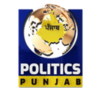
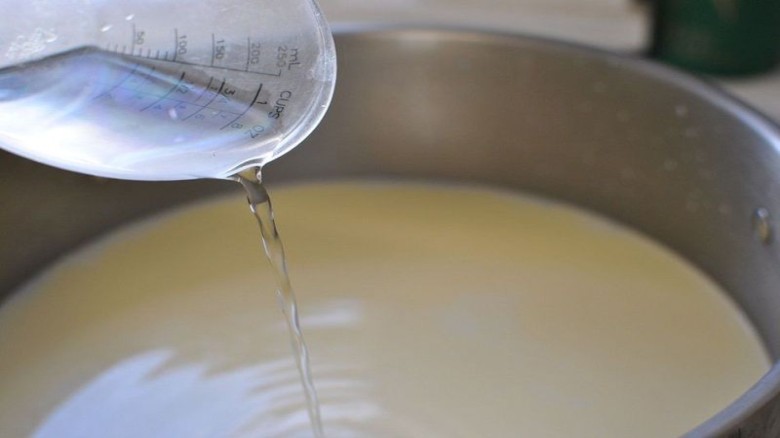
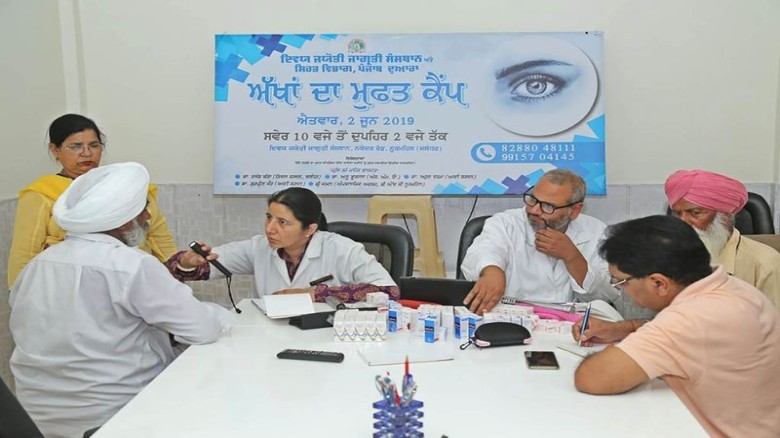
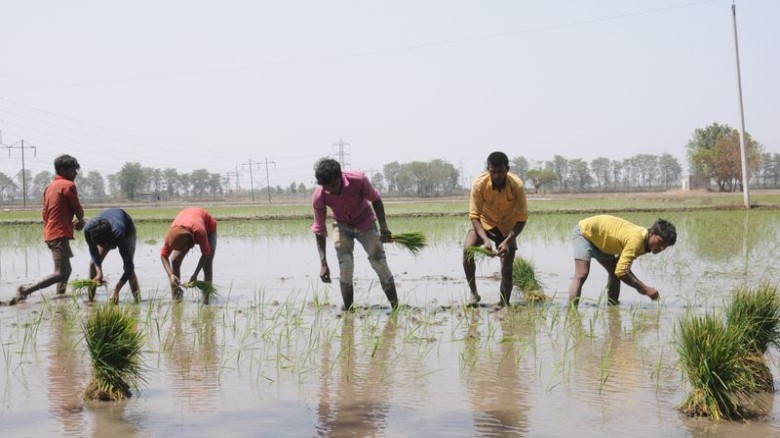
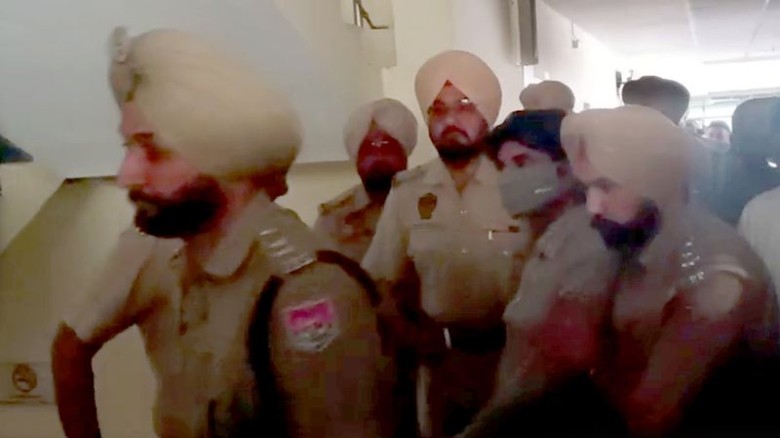

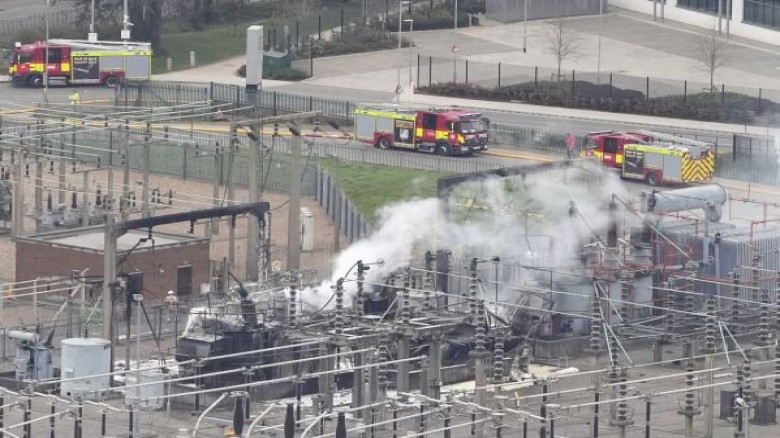
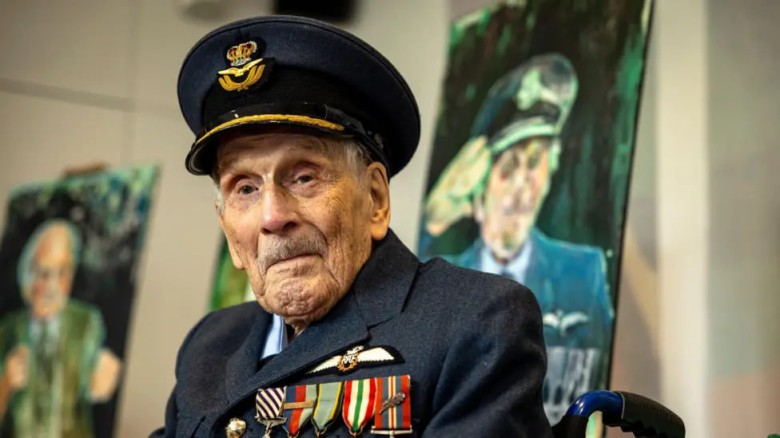
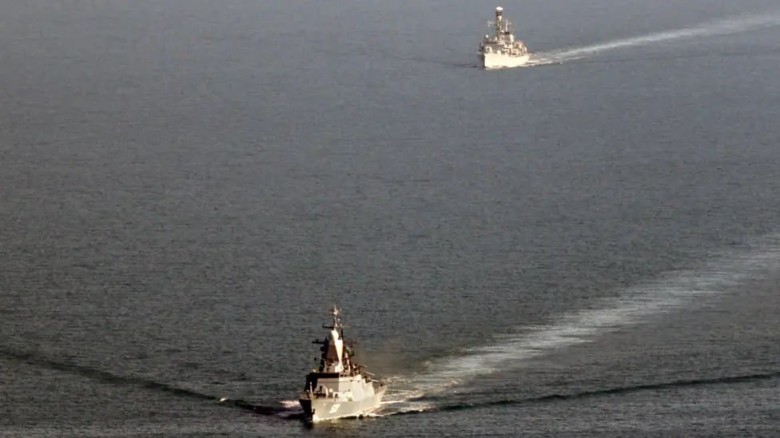
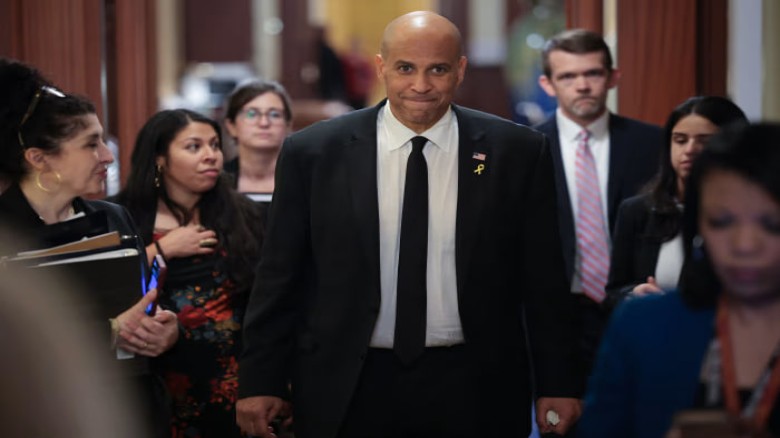
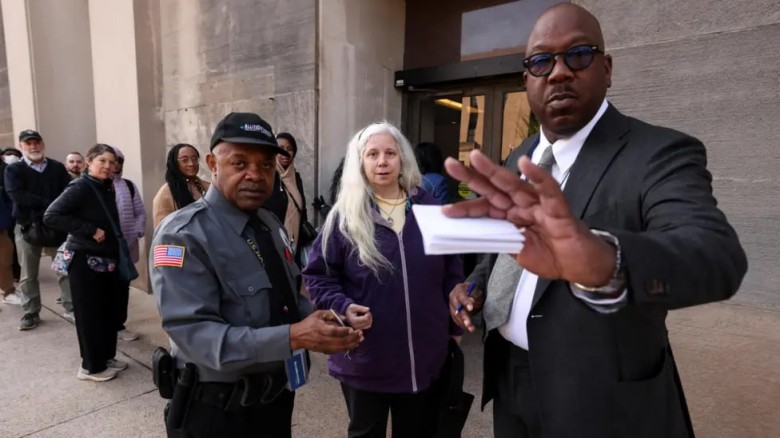

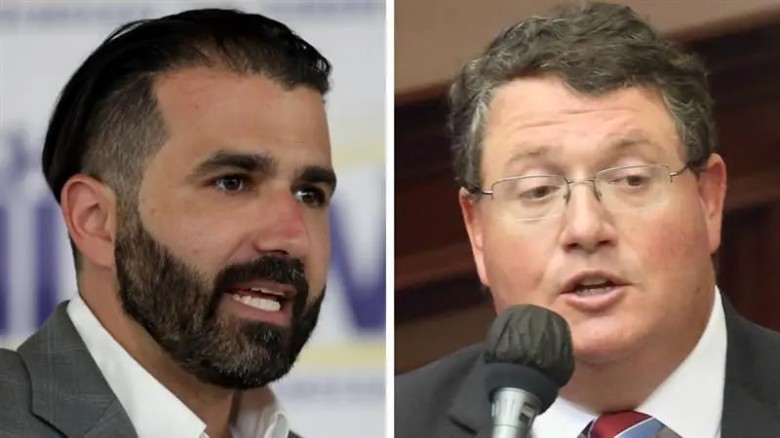
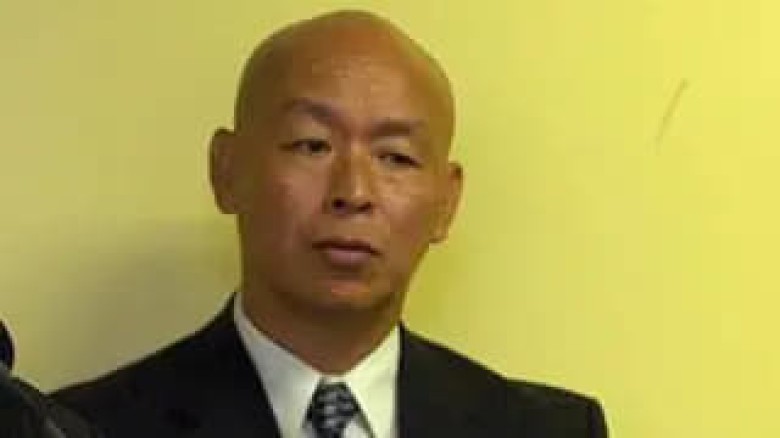
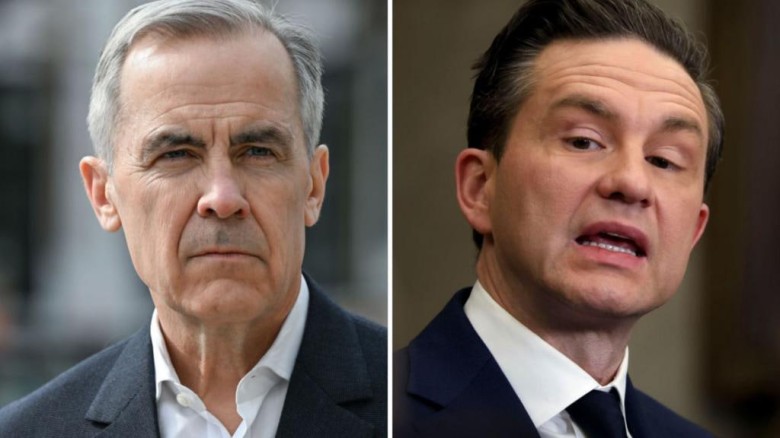
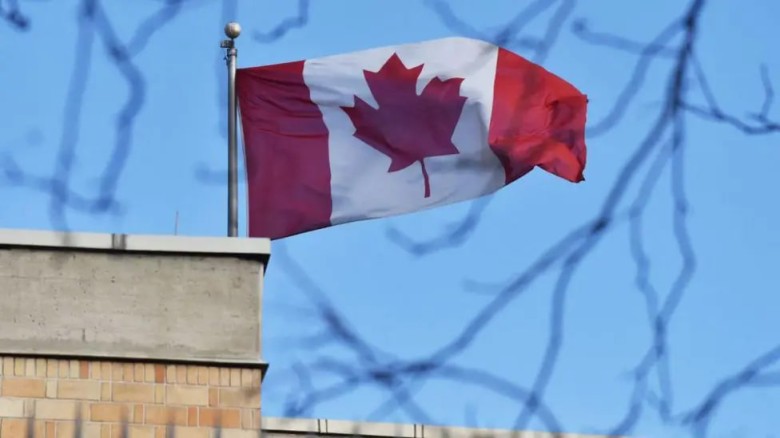
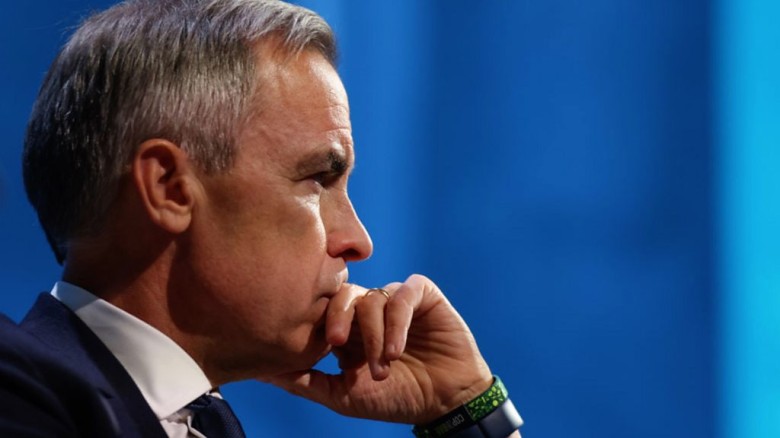
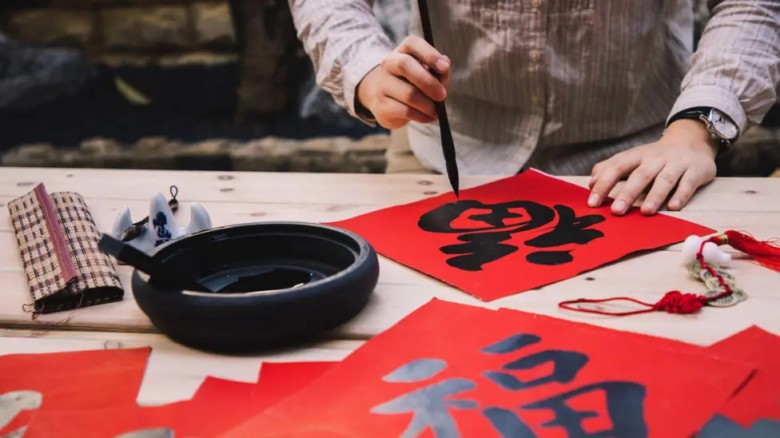
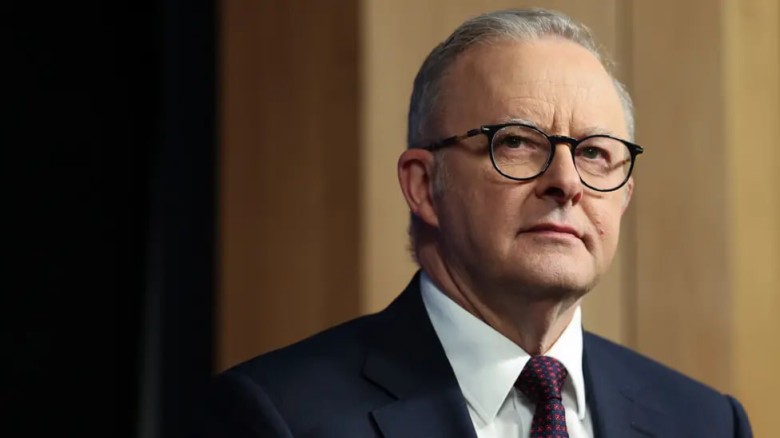

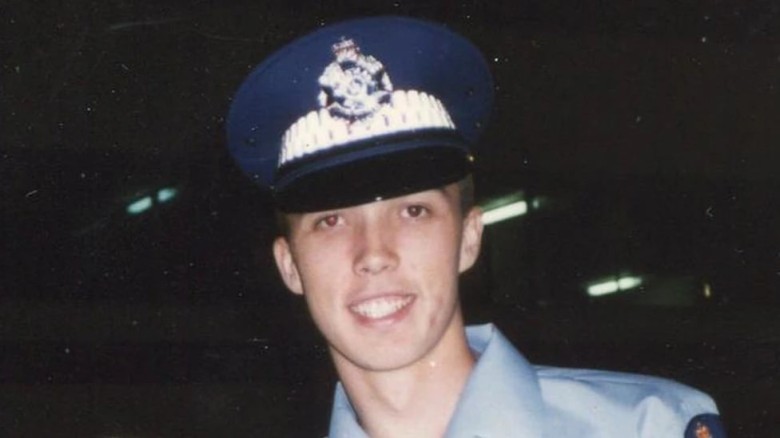
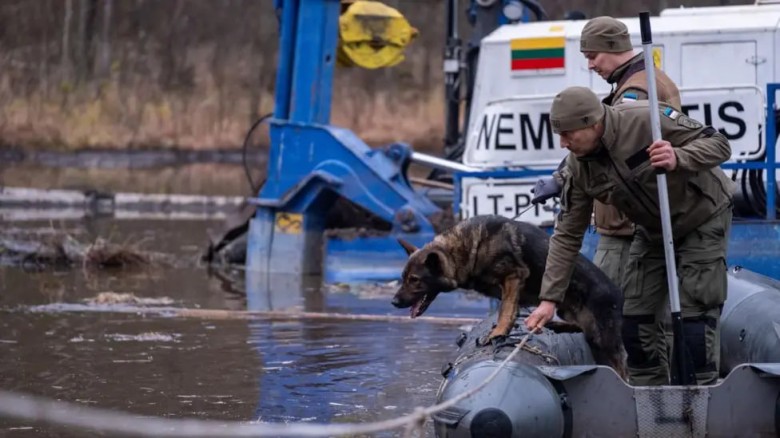

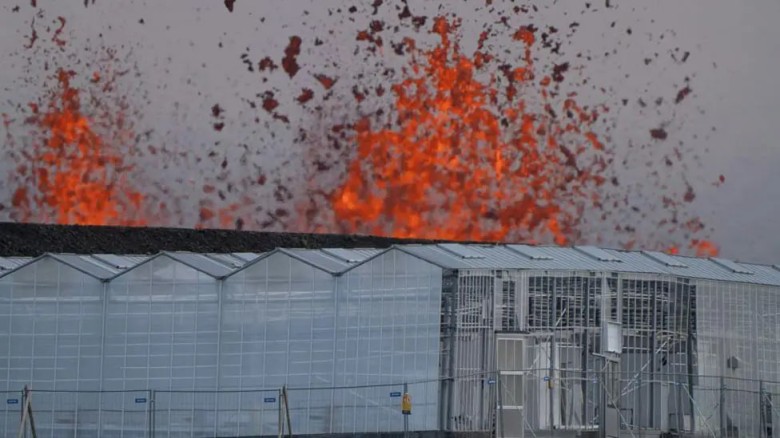
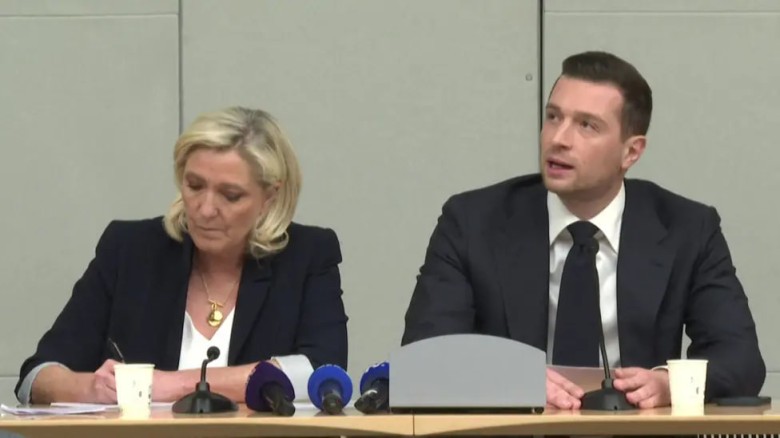
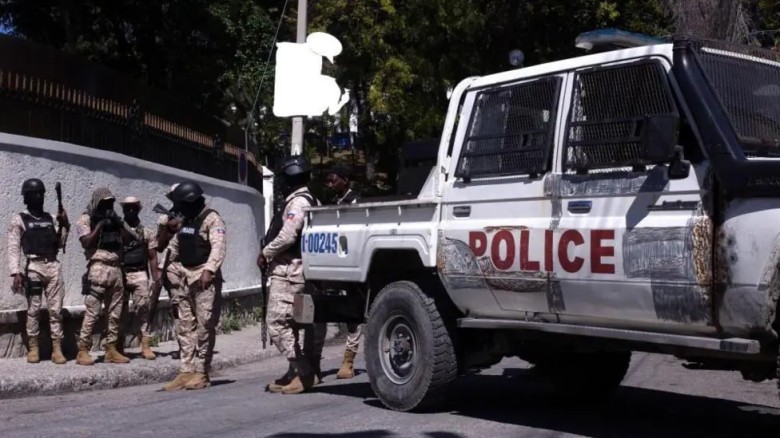
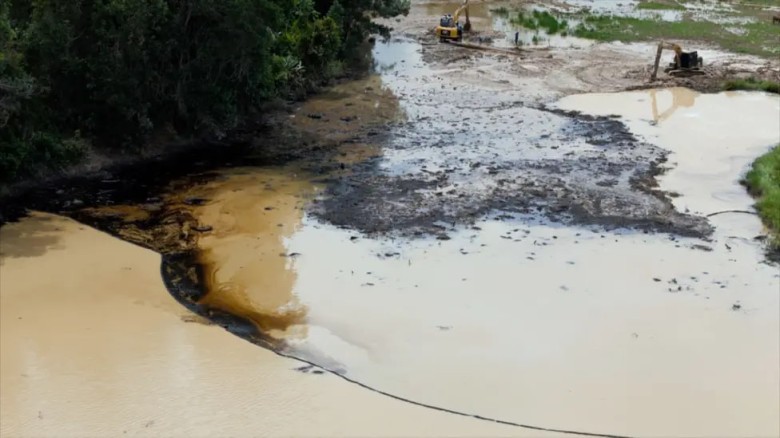
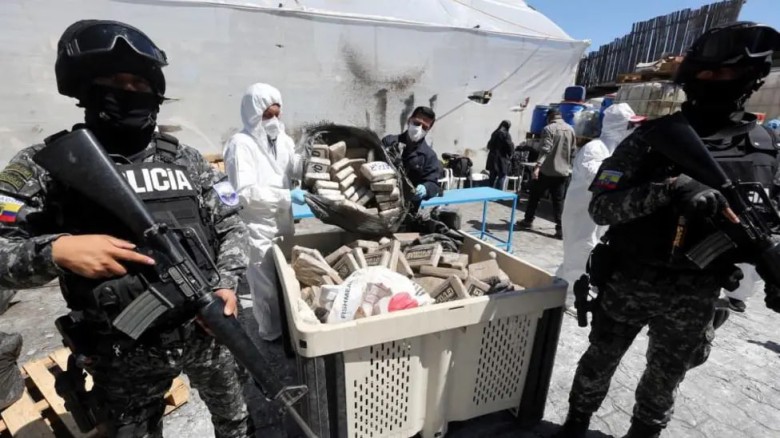


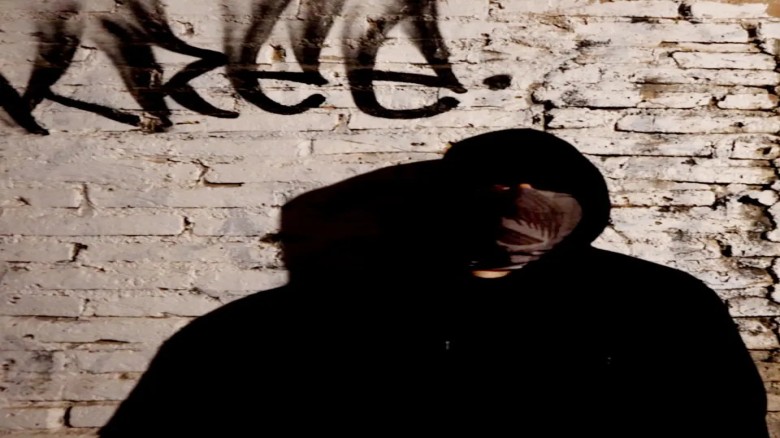
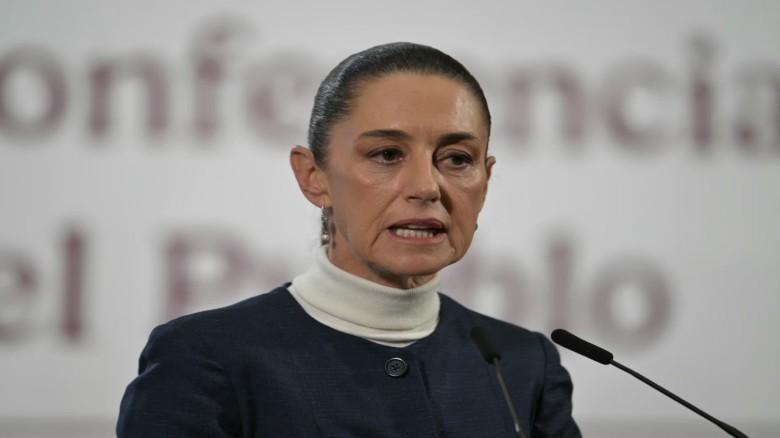


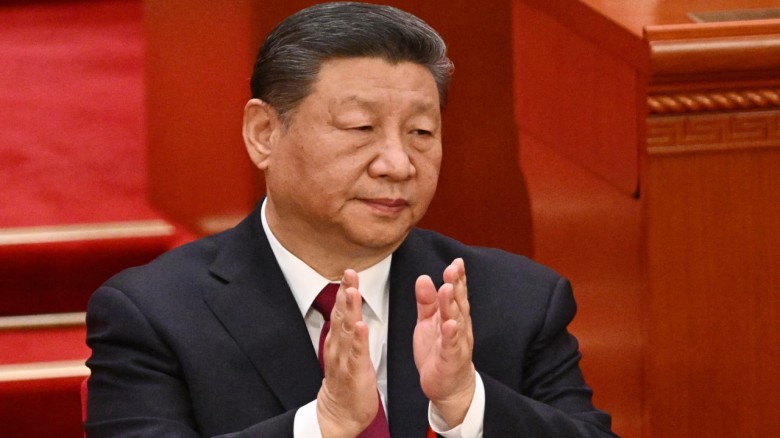
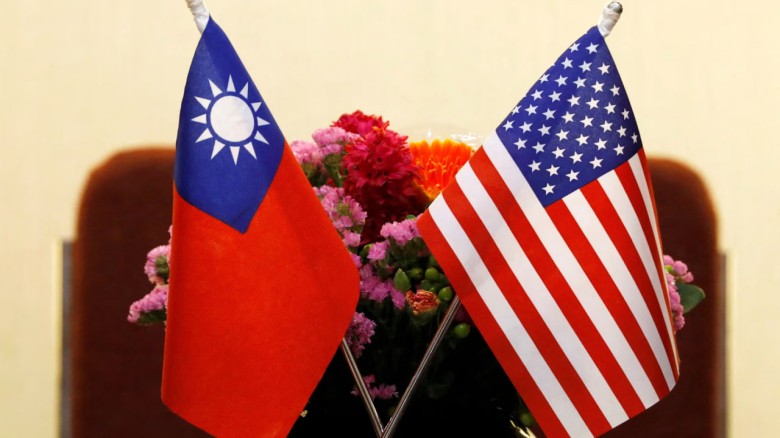
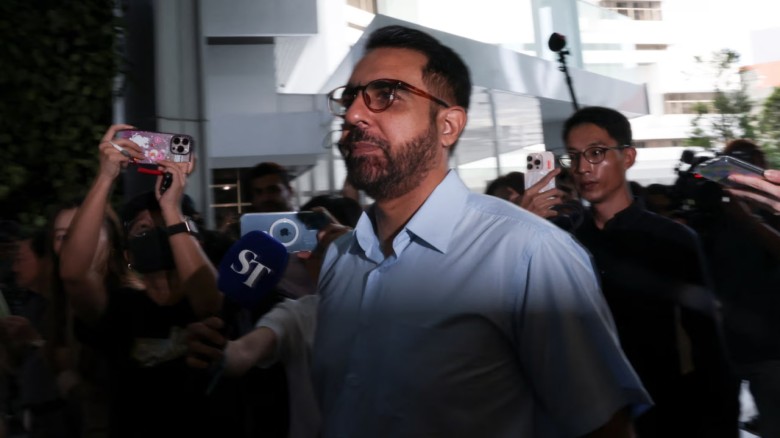


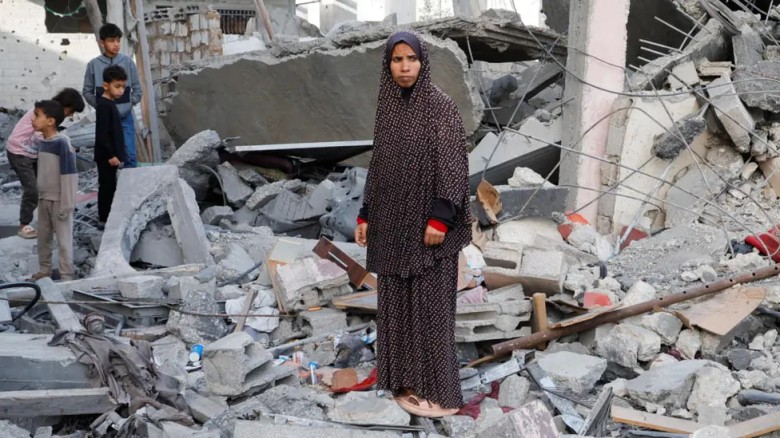
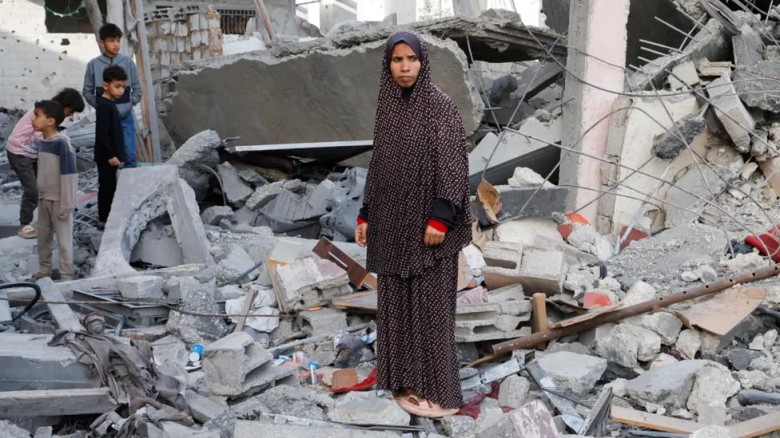
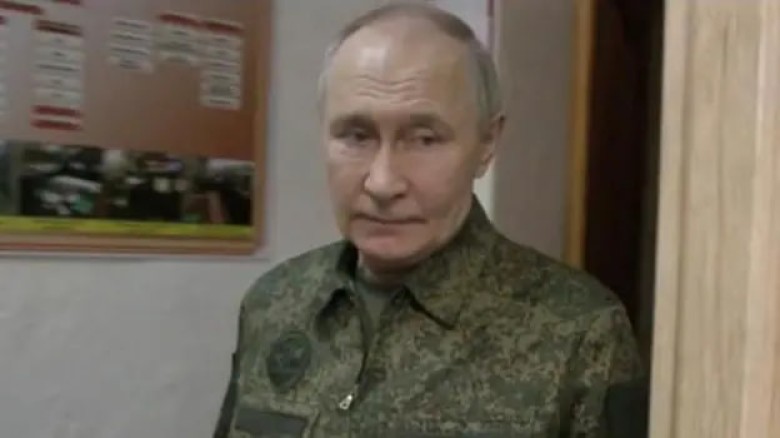
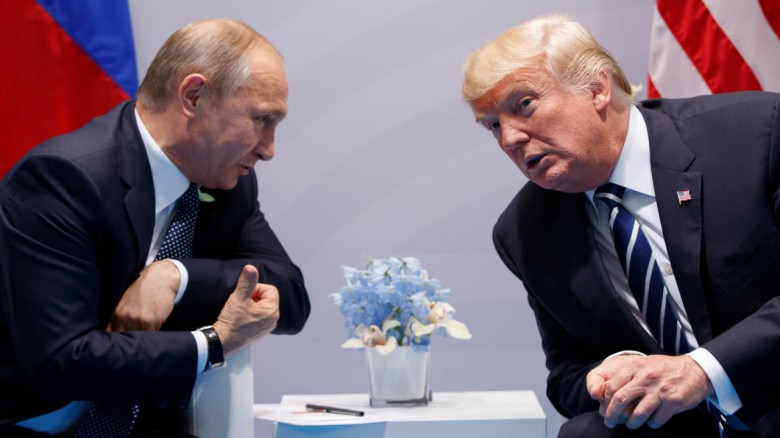

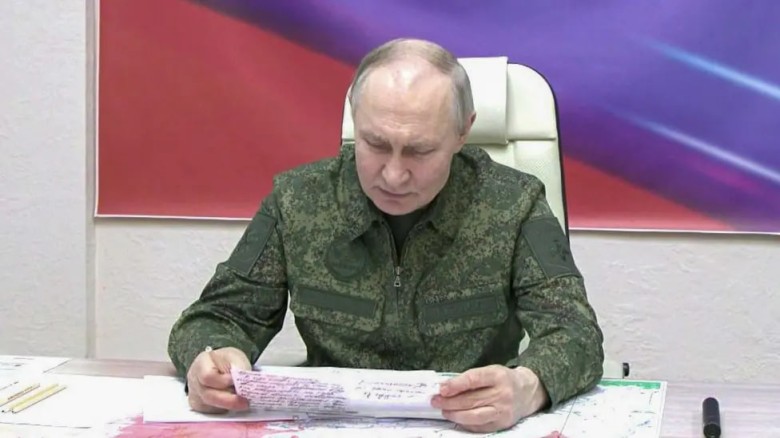
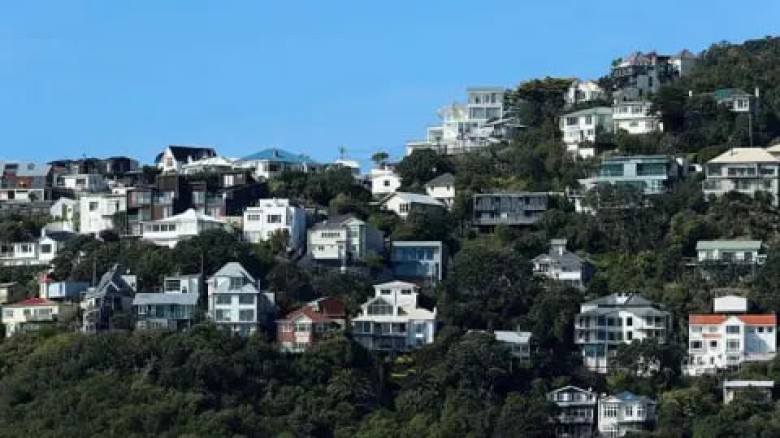
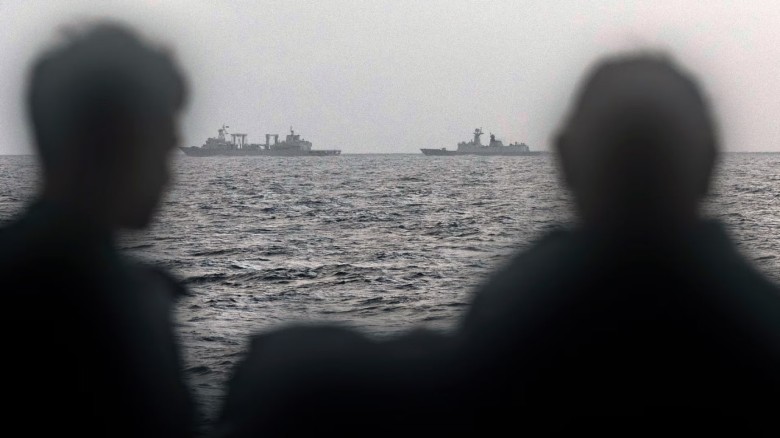
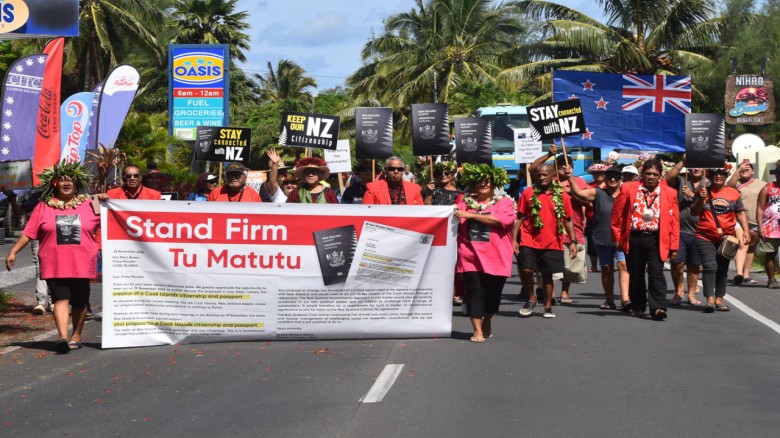

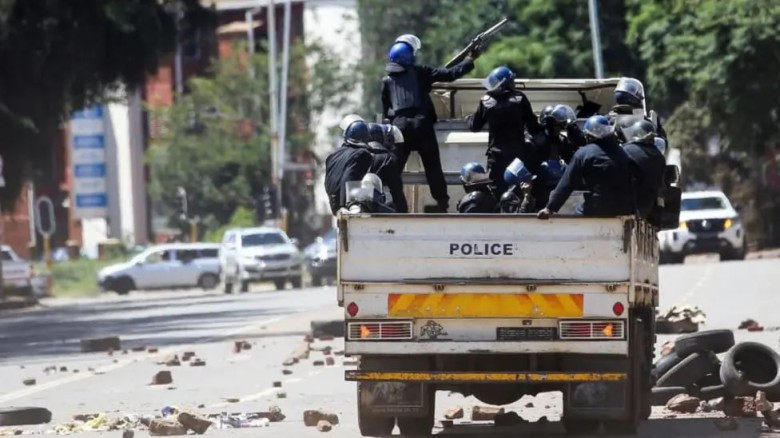
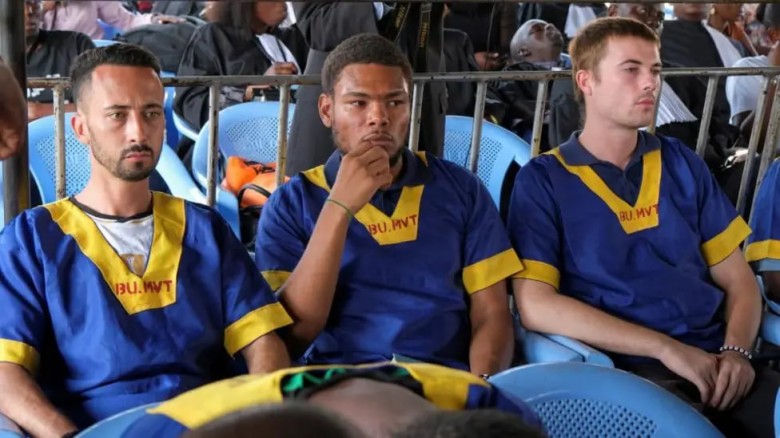
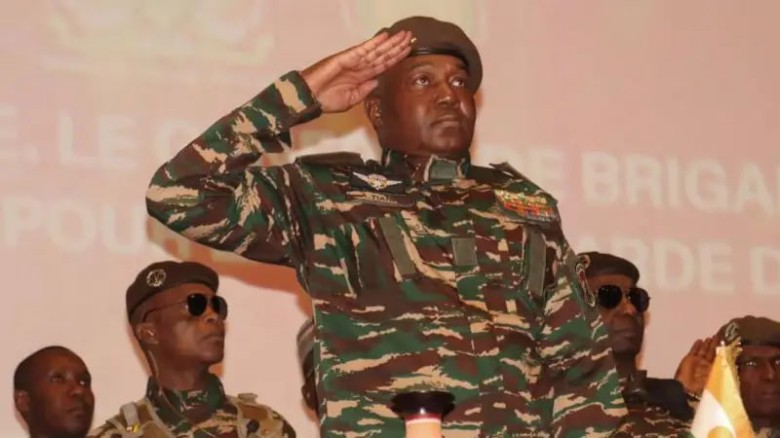
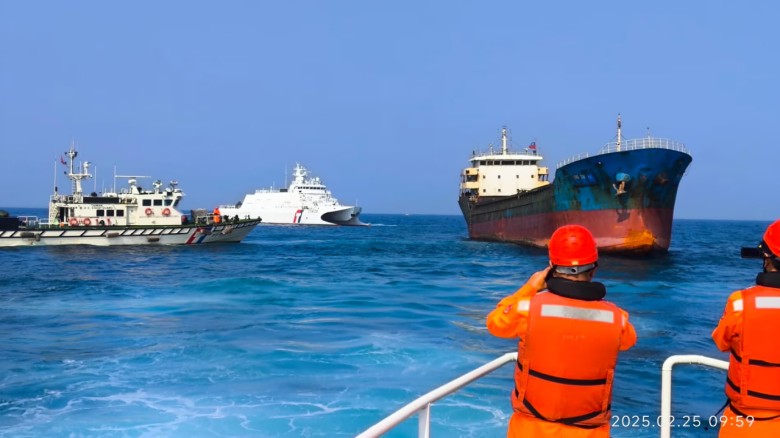
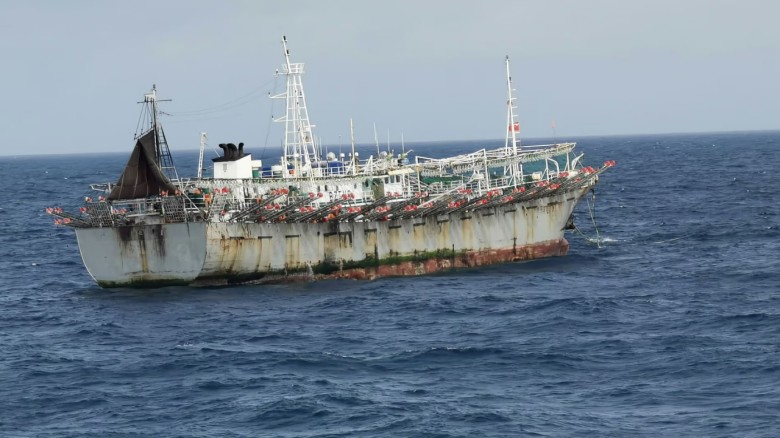
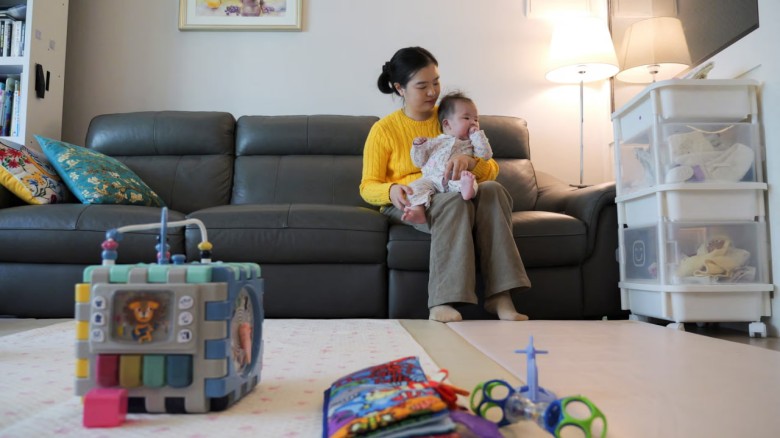
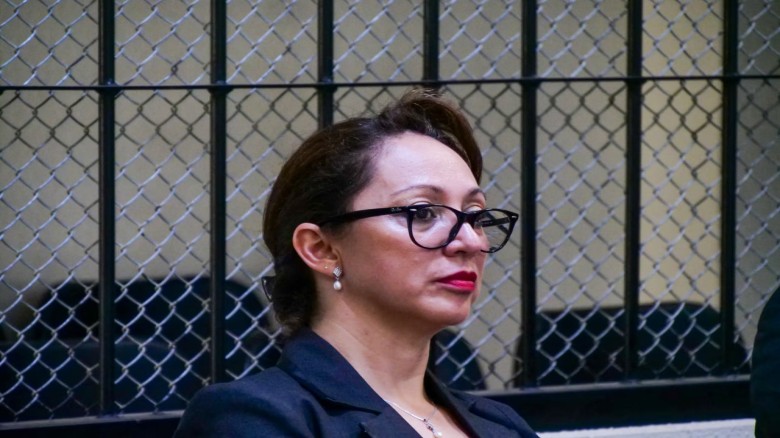
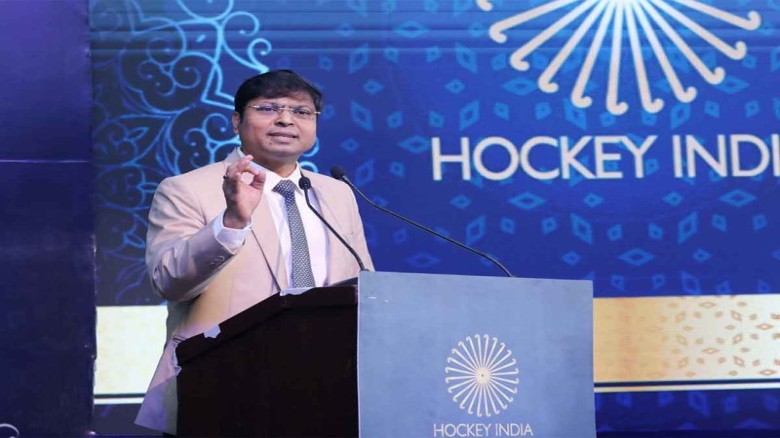
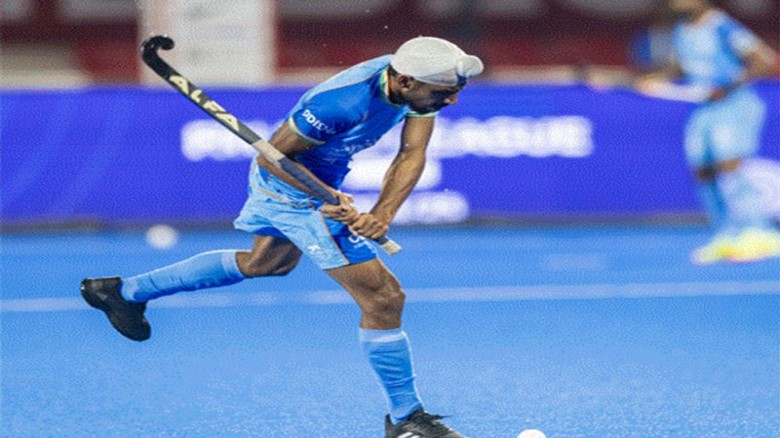
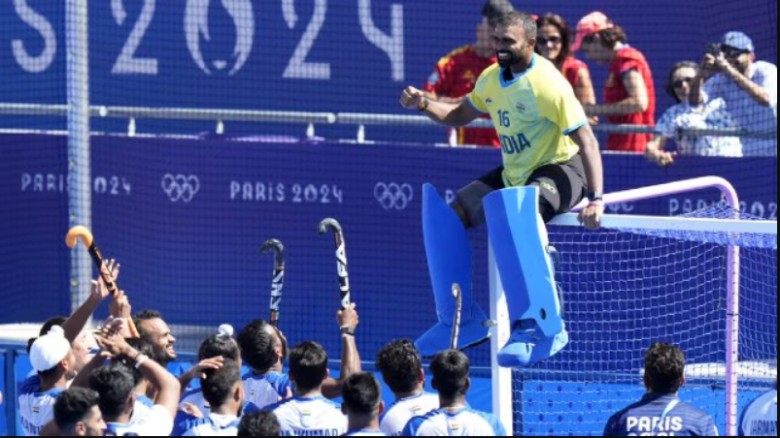


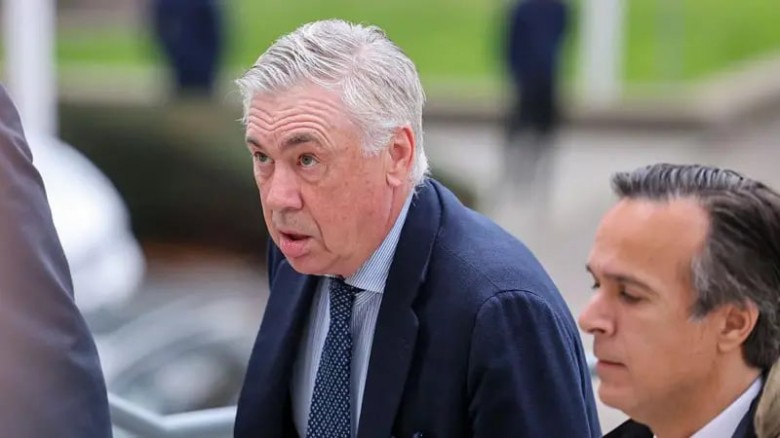

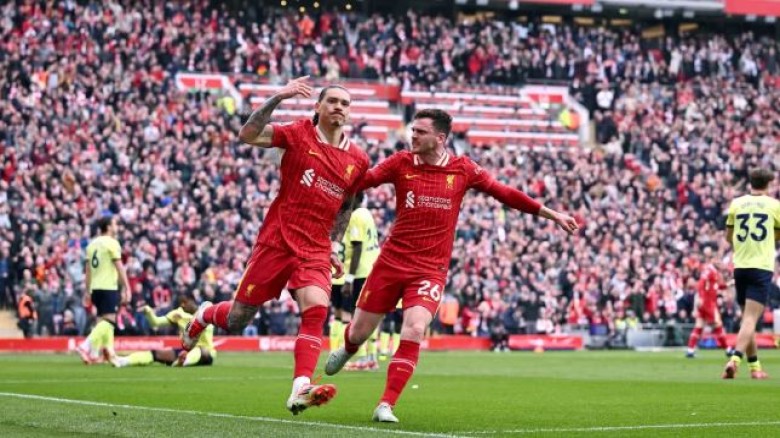

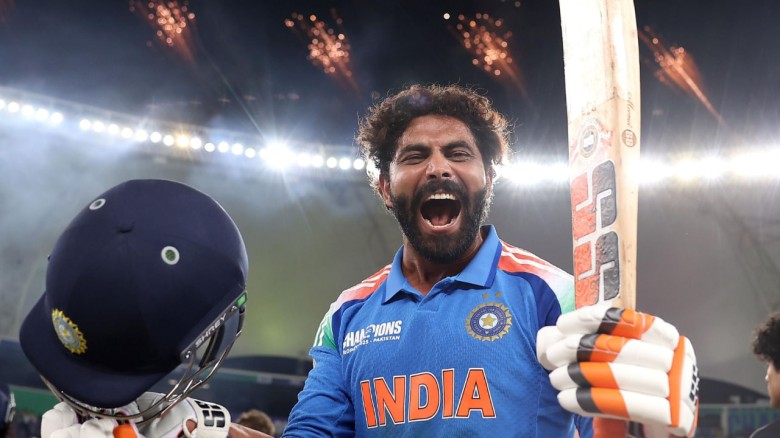
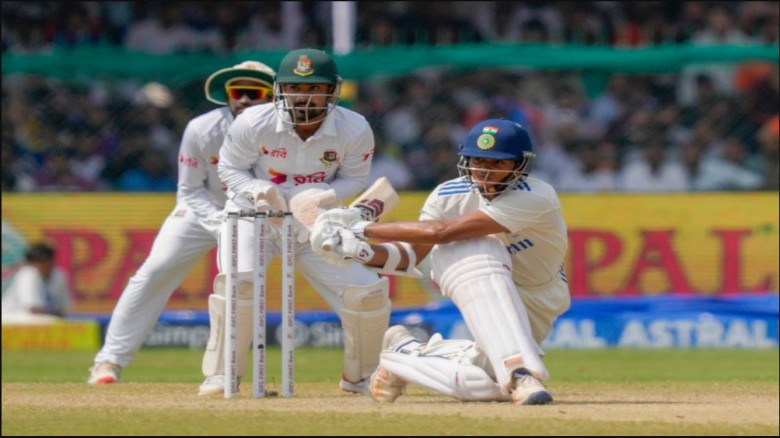


Leave A Comment